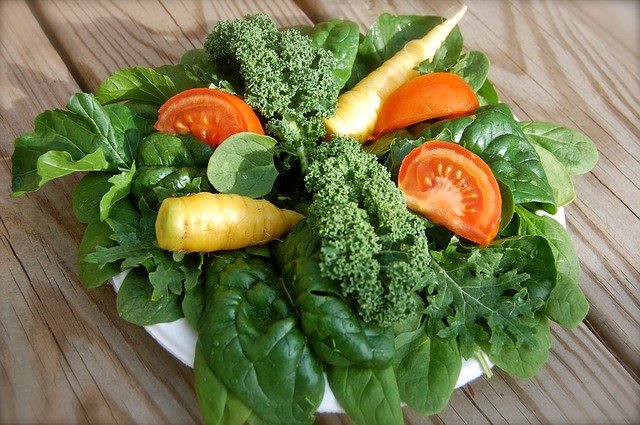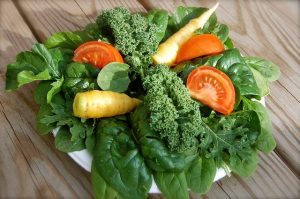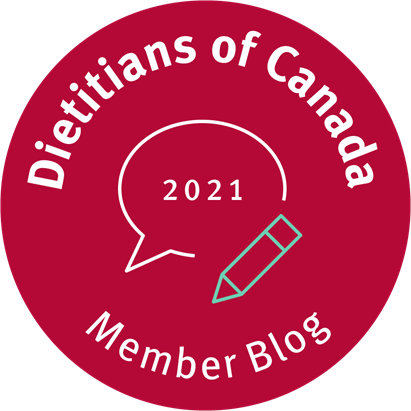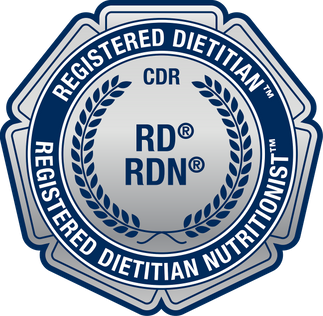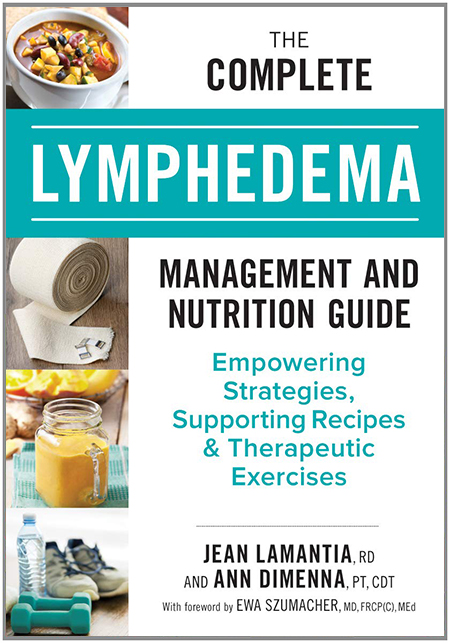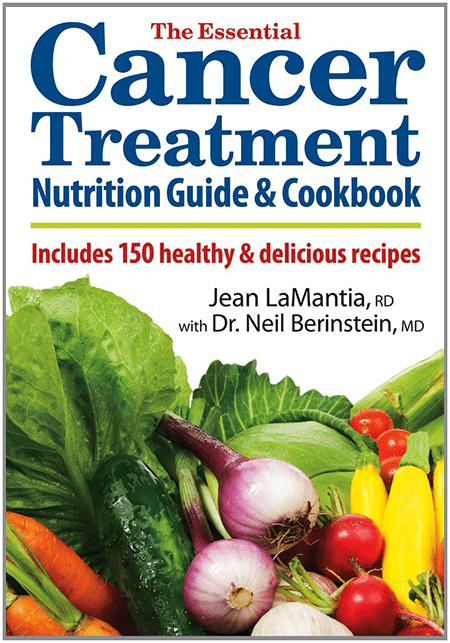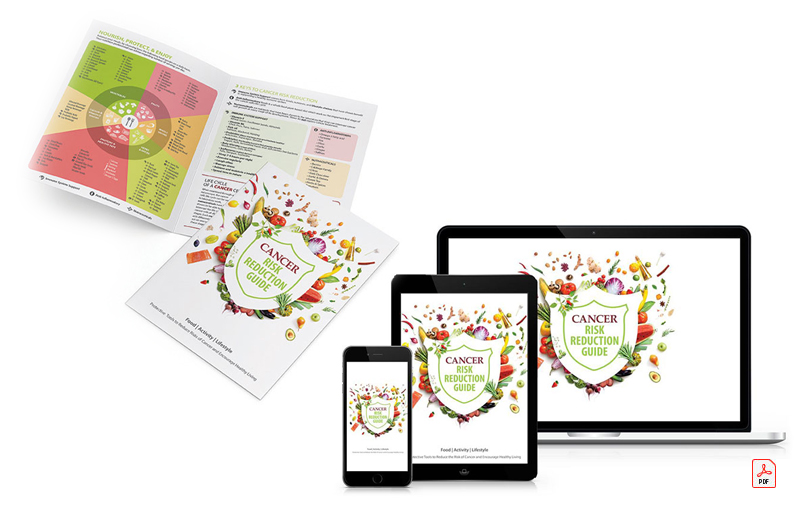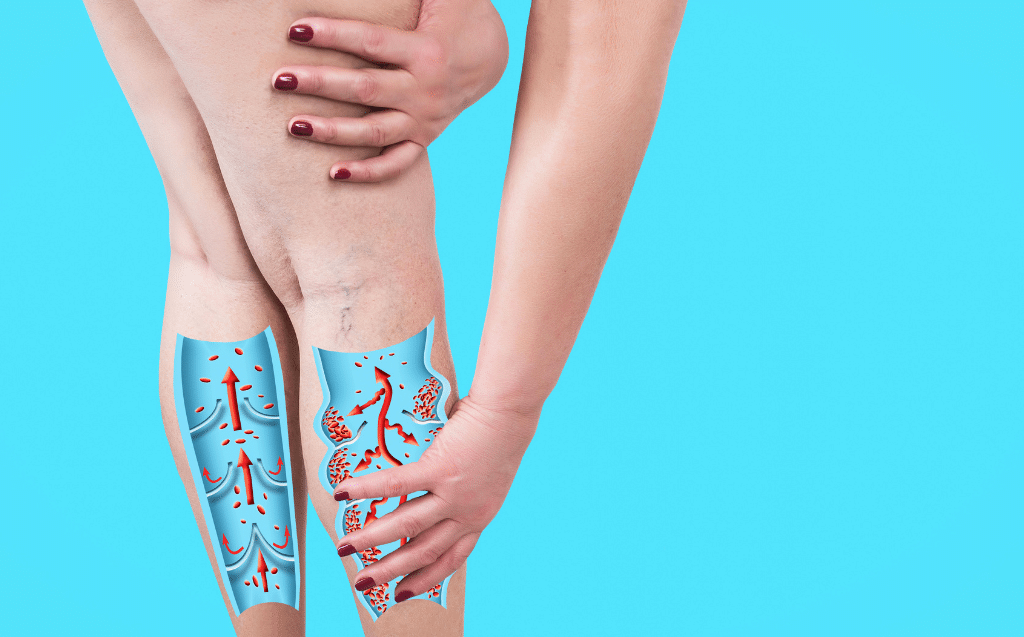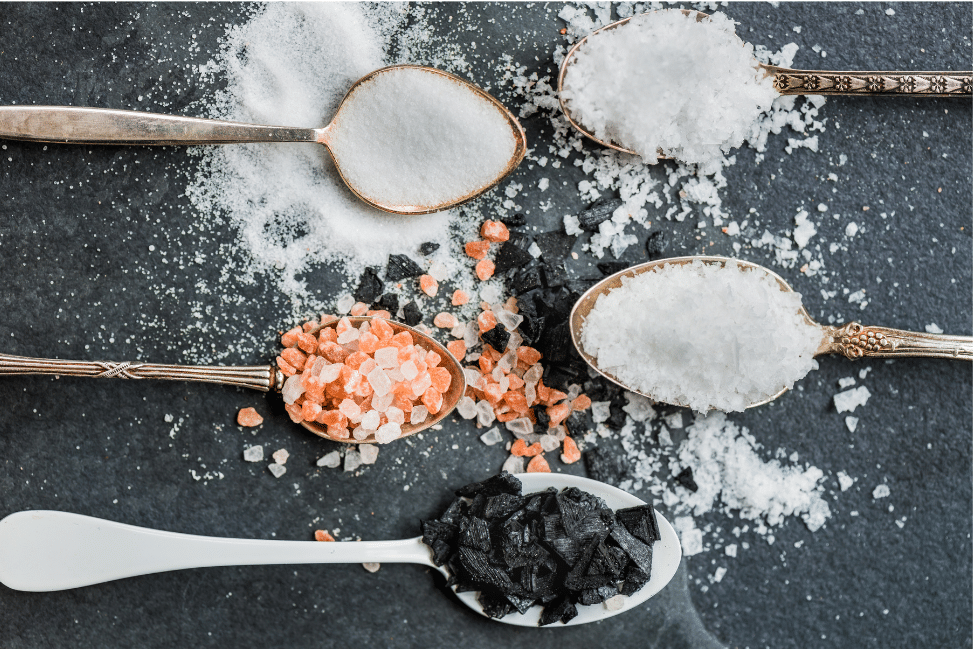Nutrition is a big factor in good health, but does it affect your moods? It’s widely believed that the quality of your diet may help protect you from mood disorders, in other words good food = good mood!
If you can’t figure out why you’re feeling down or have no energy, understanding the role nutrition plays in your moods is a good place to start.
- Look at what you’re eating and at what’s missing from your diet.
- Are you stuck in the highs and lows of a daily sugar habit?
- Are you low on the “antidepressant” foods or nutrients that lower the risk of depression?
In this article you’ll learn how food affects mood, which nutrients and foods play a role in preventing and promoting treatment of depressive disorders, cravings and mood, and how to find the best good mood foods for you. This blog does not replace medical advice.
You can read this blog from top to bottom or jump to the section you like using this Table of Contents
Moods and Mood Disorders
Did you have a bad day at work? A fight with your spouse? Or maybe your kids won’t do their homework?
Those are situational factors that can change your mood from good to bad fast. A bad mood is different from a mood disorder.
When your low mood lasts for days or weeks with no external situation to point to, there may have a mood disorder and some physiological factors may be affecting your mood.
Here are a few physiological pathways that play a role in mood disorders.
Inflammation and Brain Derived Neurotrophic Factor (BDNF)
Inflammation and depression are closely linked, the relationship has a feedback-loop where depression increases inflammation and inflammation increases depression.
Inflammation increases cytokines, which are inflammatory messengers in the body. Cytokines can disrupt neurotransmitters that affect mood, including dopamine, glutamate, and serotonin (Kiecolt-Glaser, 2015). Depending on your predisposition, these changes can cause symptoms of depression.
Brain Derived Neurotrophic Factors (BDNF), which are proteins in the brain that support the maintenance, growth and strength of neurons, play a role in neurotransmitter signalling (Phillips 2017). Stress and depression increase inflammation, which can lead to a decrease in Neurotrophic Factors (BDNF) (Kiecolt-Glaser, 2015).
Gut Microbiota
The gastrointestinal tract and brain communicate in both directions by neurocrine and endocrine signals through what’s called the gut-brain axis. The gut is home to microorganisms that coordinate with the gut in various functions, including neurotransmission.
Diet, stress, medication and your environment shape your gut microbiota. Changes in gut microbiota may cause different mental disorders such as depression and mood disorders (Liang, 2018).
Have you heard of “leaky-gut”? It’s one theory for the role of the gut microbiota in depression.
Leaky-gut refers to increased permeability of the intestinal walls, which allows endotoxins to flow through. Depression increases inflammation, causing gut permeability and gut-bacterial dysbiosis (Kiecolt-Glaser, 2015).
Heal Your Gut
You can alter the composition of gut microbiota with diet. Probiotics are defined as; “live microorganisms that, when administered in adequate amounts, confer a health benefit on the host” (Hill et al. 2014).
In Canada, only specific strains of bacteria are considered a probiotic, a few examples are:
- Bifidobacterium (adolescentis, animalis, bifidum, breve and longum) and
- Lactobacillus (acidophilus, casei, fermentum, gasseri, johnsonii, paracasei, plantarum, rhamnosus and salivarius) (for a full list see Health Canada, 2009).
In the U.S., there are seven microbial organisms classified as probiotics:
- Lactobacillus,
- Bifidobacterium,
- Saccharomyces,
- Streptococcus,
- Enterococcus,
- Escherichia,
- Bacillus (“Probiotics” n.d.).
While all fermented foods are made with live bacterial culture, not all fermented foods are probiotics. However, until more research is done and food labelling is clarified to match, your best bet to receive true probiotics in your food is choosing yogurts that are labelled ‘probiotic’.
While you can still enjoy your favorite fermented foods like sauerkraut and kimchi, the level of live bacteria may not meet the definition of probiotic. Probiotics from fermented foods and yogurt add “good bacteria” to your gut. Then, you need to feed the bacteria with prebiotics.
Prebiotics are fibers but not all fibers are prebiotics. Prebiotics are defined as “selectively fermented ingredients that allow specific changes, both in the composition and/or activity in the gastrointestinal microflora that confers benefits upon host well-being and health” (Gibson et al. 2017).
Prebiotics need to meet three criteria to be considered a prebiotic:
- they don’t break down during digestion
- they are fermented by intestinal microorganisms
- they feed and support growth of the “good bacteria” that supports health and wellness (Gibson et al. 2017).
Examples of foods that are considered prebiotics are (Slavin, 2013):
- Asparagus
- Banana
- Chicory
- Jerusalem artichoke
- Oats
- Onion, garlic, leeks
- Soybeans
- Wheat
Not only are probiotics and prebiotics good for gut microbiota and a healthy diet, there’s also some evidence that probiotics can ease and improve symptoms of depression (Chao et al. 2020).
A review of randomized controlled studies shows that gut microbiome might influence neuropsychiatric symptoms such as depression; and anxiety and probiotics may be helpful in reducing these symptoms (Wang, 2016).
Good Mood Foods
Can the food you eat improve your mood? That is what the study by researchers at the University of Toronto set out to answer.
The Antidepressant Food Score (AFS) was designed to identify the most nutrient-dense foods to prevent and promote recovery from depressive disorders and symptoms (LaChance, 2018). This tool is based on a systematic review of studies, a list of evidence-based Antidepressant Nutrients, and nutrient density calculation of the food (LaChance, 2018).
Top scoring anti-depressant foods are;
- seafood
- leafy greens
- cruciferous
- vegetables
- nuts
These nutrient powerhouses are more common in traditional or Mediterranean diets than in the Western diet. Only 9% of adults in the U.S. meet their daily recommendations for vegetables (CDC 2021). And only 20.1% eat seafood at least 2 times a week (CDC, 2018).
Seafood
Seafood is an excellent source of omega-3’s, particularly salmon and mackerel. But, mussels and oysters had the highest AFS scores. These bivalves are high in zinc, iron, B12 and the mineral selenium, which has anti-inflammatory properties.
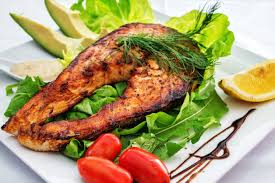
Leafy Green Vegetables
Leafy greens are a significant source of many vitamins and minerals. Eating your leafy greens is a big part of a healthy diet and lifestyle.
This nutrient dense group will give you vitamin A, folate, vitamin C, vitamin K, magnesium, calcium, iron and potassium.
Some examples of leafy greens are watercress, spinach, lettuce (green, red or romaine), swiss chard and kale.
Cruciferous Vegetables
Not only are these vegetables high in vitamin C and folate, they also contain bioactive ingredients that have anti-inflammatory effects.
Broccoli, cauliflower, Brussels sprouts, bok choy, and kale are a few examples of cruciferous vegetables.
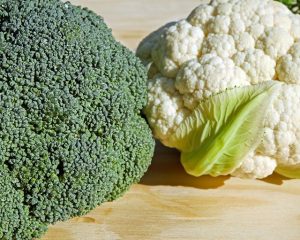
Nuts
Add this nutrient rich food to your diet to get high amounts of antidepressant nutrients: folic acid, B6, calcium, magnesium and potassium.
Don’t worry about adding this high-density food to your diet. The fat found in nuts is mostly unsaturated fatty acids. So, it’s the “good” fat that won’t raise cholesterol.

Good Food is a Good Mood
While the above study, examined the nutrient density of the foods and examining past studies. This research put it to the test to find out can good food, put you into a good mood?
The SMILES study found that improving diet quality may be a helpful as part of treatment for depressive disorders (Jacka, 2017).
In a 12-week, single-blind randomized control trial for 67 adults (older than 18 years old) diagnosed with depression, the intervention group took part in seven individualized nutrition counselling groups with a clinical dietitian.
The dietitians prescribed a high-quality diet of whole grains, vegetables, fruit, legumes, low-fat and unsweetened dairy foods, raw and unsalted nuts, fish, lean red meats, chicken, eggs, and olive oil.
The participants also reduced their intake of sweets, refined cereals, fried food, fast-food, processed meats and sugary drinks. The control group was given social support and no dietary guidelines.
After 12-weeks on this high-quality diet, symptoms of depression significantly decreased. The study identified 12 key nutrients and high-quality foods that have an “antidepressant” effect and may prevent and help treat depressive disorders (LaChance, 2018).
Antidepressant Nutrients and their Food Sources
Folate – beef liver, spinach, black-eyes peas, fortified breakfast cereals, rice, asparagus, Brussels sprouts
Iron- beef, poultry, oysters, sardines, breakfast cereals, beans, lentils, spinach, firm tofu, potatoes, cashews
Omega-3 Fatty acids – seafood especially mackerel, salmon, tuna, herring and sardines
Magnesium – seeds, nuts, beans, milk, bread, beef, chicken, oatmeal, bananas and avocado
Potassium – fruits, vegetables, legumes, potatoes, meats, poultry, fish, milk, yogurt, nuts, whole grain flours
Selenium – Brazil nuts, seafood, meats, cereals, grains and dairy foods
Thiamine – meat, fish, pork, whole grains, and fortified breads and cereals
Vitamin A – leafy green vegetables, orange and yellow vegetables, tomato products, liver, fish, fortified cereals
Vitamin B6 – fish, organ meats, potatoes, breakfast cereals, corn, wheat, non-citrus fruits
Vitamin B12 – meat, fish, poultry, eggs, dairy, fortified cereals, fortified nutritional yeast
Vitamin C – fruits especially citrus fruits, vegetables especially peppers, potatoes, tomatoes
Zinc – meat, poultry, crab, lobster, oysters, beans, nuts, whole grains, diary and fortified cereals
Why Am I Craving Sugar All of a Sudden?
There’s some thought that cravings are a sign of what’s missing from your diet. But there isn’t a lot of evidence to support that nutrient deficiency causes cravings.
Cravings are usually caused by emotional or psychological stress, medication, hormonal changes and pregnancy or physical and mental health issues.
What foods do you crave?
Most likely sugary, salty, fatty and fried foods. Your body doesn’t need sugar, trans fat or excess sodium.
So, what else are you getting from the food you crave?
It’s not uncommon to crave sugar and carbohydrates when you’re feeling down. Sugar may give you a superficial and temporary mood boost.
Studies show that high glycemic carbohydrates increase dopamine through the body’s mesolimbic reward system, like the effect of addictive drugs (Belinda Lennerz 2018).
But, just because you’re craving food, doesn’t mean you’re addicted to it. Sometimes cravings are learned habits or are linked to a memory like a favorite holiday meal you ate as a child (Pelchat 2009).
Why Am I Craving…
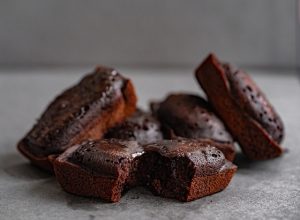
Keep a Mood and Food Journal
So, how do you know which foods affect your moods?
Try keeping a mood and food journal to track what you eat and how you feel.
Write everything down, even condiments and drinks. The sugar in ketchup, barbeque sauce and salad dressings may affect your moods and you’ll miss the connection if you don’t record it.
You won’t feel a sudden mood change right after you eat. Look for food patterns and changes in mood over a few days. Don’t forget to add your energy level and ability to focus.
Also note, how do you feel? What are you craving?
Then look for patterns, do you see a connection with your diet?
If you suspect your daily afternoon sugar pick-me-up is actually getting you down, eliminate it and track your mood and energy.
Good Food Good Mood Bottom Line
Mental health is a big part of health and wellness, and research has shown that your diet can play a role here, so don’t ignore the role nutrition plays in your moods. Eating a nutrient-rich diet to improve low mood is also good for your health!
Try adding nutrient-dense foods and cut down on inflammatory foods that negatively affect your moods. But your diet doesn’t have to be perfect. Everyone reacts differently to food. Use a mood and food journal to find what works for you.
While a high-quality diet is one component in preventing and treating depression. These dietary changes alone may not be enough if you’re suffering from a mood disorder. Seek help if symptoms of depression are severe or persist.
Good Food Good Mood References:
Lennerz, B Lennerz J. K. (2018). Food Addiction, High Glycemic Index Carbohydrates and Obesity. Clinical Chemistry, 64(1), 64.
CDC. Only 1 in 10 Adults Get Enough Fruits or Vegetables. Last updated Feb 16, 2021. Accessed Mar 14, 2021.
CDC. Seafood Consumption in the United States 2013-2016. Last updated Sept 2018. Accessed Mar 14, 2021.
Chao, L., Liu, C., Sutthawongwadee, S., Li, Y., Lv, W., Chen, W., Yu, L., Zhou, J., Guo, A., Li, Z., & Guo, S. (2020). Effects of Probiotics on Depressive or Anxiety Variables in Healthy Participants Under Stress Conditions or With a Depressive or Anxiety Diagnosis: A Meta-Analysis of Randomized Controlled Trials. Frontiers in Neurology, 11. https://doi.org/10.3389/fneur.2020.00421
Gibson, G. R., Hutkins, R., Sanders, M. E., Prescott, S. L., Reimer, R. A., Salminen, S. J., Scott, K., Stanton, C., Swanson, K. S., Cani, P. D., Verbeke, K., & Reid, G. (2017). Expert consensus document: The International Scientific Association for Probiotics and Prebiotics (ISAPP) consensus statement on the definition and scope of prebiotics. Nature Reviews. Gastroenterology & Hepatology, 14(8). https://doi.org/10.1038/nrgastro.2017.75
Health Canada. (2009, April 16). Accepted Claims about the Nature of Probiotic Microorganisms in Food. https://www.canada.ca/en/health-canada/services/food-nutrition/food-labelling/health-claims/accepted-claims-about-nature-probiotic-microorganisms-food.html
Hill, C., Guarner, F., Reid, G., Gibson, G. R., Merenstein, D. J., Pot, B., Morelli, L., Canani, R. B., Flint, H. J., Salminen, S., Calder, P. C., & Sanders, M. E. (2014). The International Scientific Association for Probiotics and Prebiotics consensus statement on the scope and appropriate use of the term probiotic. Nature Reviews. Gastroenterology & Hepatology, 11(8), 506–514.
Huang, R., Wang, K., & Hu, J. (2016). Effect of Probiotics on Depression: A Systematic Review and Meta-Analysis of Randomized Controlled Trials. Nutrients, 8(8). https://doi.org/10.3390/nu8080483
Jacka, F. N., O’Neil, A., Opie, R., Itsiopoulos, C., Cotton, S., Mohebbi, M., Castle, D., Dash, S., Mihalopoulos, C., Lou Chatterton, M., Brazionis, L., Dean, O. M., Hodge, A. M., & Berk, M. (2017). A randomised controlled trial of dietary improvement for adults with major depression (the “SMILES” trial). BMC Medicine, 15. https://doi.org/10.1186/s12916-017-0791-y
Kiecolt-Glaser, J. K., Derry, H. M., & Fagundes, C. P. (2015). Inflammation: Depression Fans the Flames and Feasts on the Heat. The American Journal of Psychiatry, 172(11), 1075.
LaChance, L. (2018). Antidepressant foods: An evidence-based nutrient profiling system for depression. World Journal of Psychiatry, 8(3), 97.
Liang, S., Wu, X., & Jin, F. (2018). Gut-Brain Psychology: Rethinking Psychology From the Microbiota–Gut–Brain Axis. Frontiers in Integrative Neuroscience, 12. https://doi.org/10.3389/fnint.2018.00033
Pelchat, M. L. (2009). Food Addiction in Humans. The Journal of Nutrition, 139(3), 620–622.
Phillips, C. (2017). Brain-Derived Neurotrophic Factor, Depression, and Physical Activity: Making the Neuroplastic Connection. Neural Plasticity, 2017. https://doi.org/10.1155/2017/7260130
National Institute of Health. Probiotics Fact Sheet for Health Professionals. Last updated June 3, 2020. Accessed Mar 5, 2021.
Slavin J. Fiber and prebiotics: mechanisms and health benefits. Nutrients. 2013 Apr 22;5(4):1417-35. doi: 10.3390/nu5041417. PMID: 23609775; PMCID: PMC3705355.
